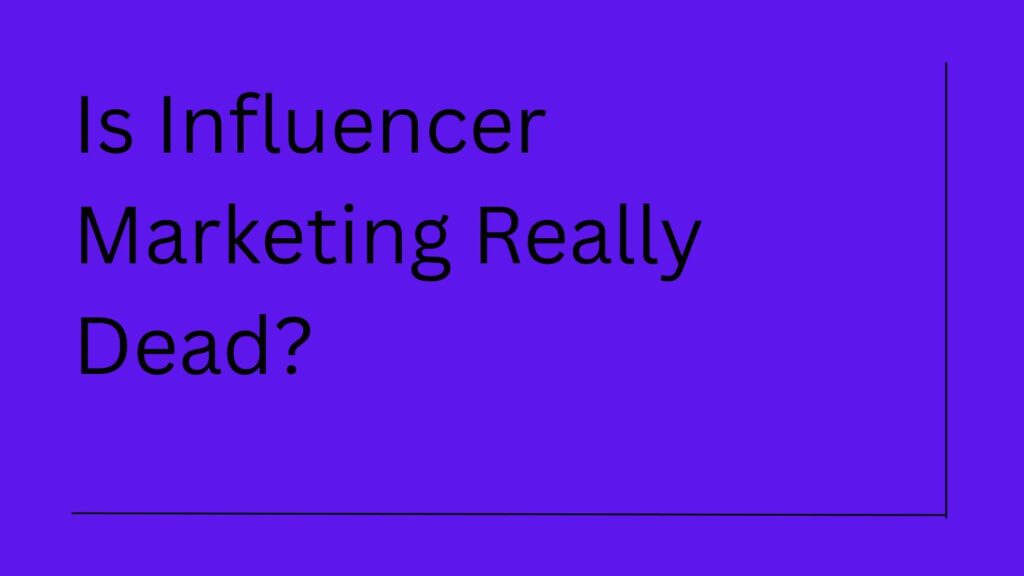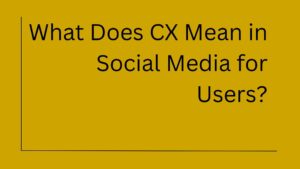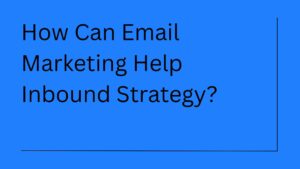Let’s cut straight to the chase here. No, influencer marketing isn’t dead. But you probably keep hearing this question for good reason.
The whole space feels different now. You’ve probably noticed it scrolling through your feed and seeing the same recycled content from different “influencers.” Or watching brands throw money at people with big follower counts only to get zero actual results.
Here’s the thing though. When something evolves this quickly, it can look like it’s dying when really it’s just changing shape. And boy, has it changed.
Influencer Marketing’s Numbers Tell a Wild Story
Think about this for a second. Back in 2015, people were barely searching for “influencer marketing” around 120,000 Google searches. By 2017, that number jumped to 204,000, and today it’s consistently hitting over 500,000 monthly searches.
The platform explosion has been crazy, too. In 2017 alone, 420 new agencies and platforms launched. That’s more than one every single day. By 2025, the global influencer marketing industry is estimated to be worth over $24 billion, up from just $1.7 billion in 2016.
Instagram sponsored posts? They went from 3.6 million in 2015 to an estimated 24.2 million by 2018. Current estimates suggest we’re seeing over 60 million sponsored posts annually across all platforms now.
Here’s what’s really telling though. About 86% of marketers used influencer marketing in recent surveys, with 92% saying they found it effective. Yet you keep hearing complaints about declining results and wasted budgets.
Something doesn’t add up, right?
The reality is that the market has become saturated, but not in the way most people think. It’s not too many influencers, it’s too many brands doing it wrong.
Is Influencer Marketing Dead? No, It’s Evolving
The Fake Follower Crisis is Worse Than You Realize
You’ve probably seen brands get burned by this. They find an influencer with 100k followers, engagement looks decent, they pay $5,000 for a post, and then… nothing. Turns out half those followers are bots from click farms.
The scary part?
These fake accounts are getting sophisticated. They’re not random usernames anymore, they have profile pictures, post content, and even engage with other posts. Some studies suggest that up to 15% of all social media accounts might be fake, with certain niches seeing rates as high as 30%.
Tools like HypeAuditor and Social Blade help, but you need to know what to look for. Real engagement has patterns; it comes in waves, includes meaningful comments, and shows geographic clustering that makes sense for the creator’s content.
Organic Reach Has Hit Rock Bottom
Remember when posting something meant your followers would actually see it? Those days are ancient history. Organic reach has plummeted by nearly 60% since 2018 across major platforms.
Facebook’s organic reach now hovers around 5-6% for most pages. Instagram sits at about 10-15% for accounts with over 10,000 followers. TikTok started with better organic reach, but even that’s declining as the platform matures and prioritizes paid content.
So now you’re paying an influencer premium rates to reach maybe 15% of their audience organically. Then you might need to boost the post for additional reach. You’re essentially paying twice for the same eyeballs.
The Authenticity Problem is Getting Worse
Here’s perhaps the biggest issue. Audiences are getting savvier about sponsored content, and they’re becoming more skeptical. A recent study found that 73% of Gen Z can identify sponsored content within seconds, and 61% actively avoid engaging with obviously promotional posts.
But brands and influencers keep pushing the same old playbook. Generic captions with obvious hashtags. Product placement that feels forced. Influencers promoting five different brands in one week.
The creators who actually move the needle? They’re the ones who refuse to work with brands that don’t align with their values. They turn down deals that don’t make sense for their audience. They’re selective, and that selectivity is what maintains their influence.
Everyone’s Still Confusing Popularity with Influence
This might be the most expensive mistake brands make. Big follower counts don’t equal influence. Viral moments don’t guarantee conversions.
Real influence is about community trust. It’s about someone saying “This changed how I approach my morning routine” instead of “OMG obsessed #ad #blessed.” It’s about engagement quality over quantity.
You want to see influence? Look at the creators whose audiences ask questions in the comments. Who share personal stories about how the content helped them. Who create their own content inspired by what the influencer shared.
Why the Manual Approach of Influencer Marketing is Becoming Extinct(Not Dead)?
Here’s something that might surprise you. The agencies still doing everything manually with spreadsheets full of influencer contacts and basic outreach templates, they’re slowly going out of business.
Technology has transformed this space in ways nobody predicted five years ago. The companies winning now use AI to identify the right creators, track genuine engagement metrics, and build authentic relationships at scale.
But it’s not just about automation. The successful agencies understand data in ways that manual operations simply can’t match. They’re tracking:
- Audience overlap between different creators
- Optimal posting times based on engagement patterns
- Comment sentiment analysis to measure authentic reactions
- Cross-platform performance metrics
- Long-term brand affinity scores
The old approach of “find someone with lots of followers and send them a pitch email” is about as effective as buying banner ads in 2010. It might work occasionally, but it’s not a strategy.
Modern influencer marketing requires understanding your audience’s behavior patterns, the creator’s content themes, and how both align with your brand values. You can’t do that with manual processes.
The Bottom Line – Influencer Marketing Aren’t Dying Any Sooner
So is influencer marketing dead? Not even close. But the old way of doing it? Yeah, that’s definitely on life support.
The brands succeeding in this space aren’t just throwing money at whoever has the biggest following. They’re getting strategic about it. They’re thinking long-term. They’re measuring what actually matters.
If you’re still approaching influencer marketing like it’s 2018, finding creators based solely on follower count, paying for one-off posts, and measuring success by reach and impressions, then yes, it’s probably dead for you.
But if you’re willing to dig deeper into audience quality, build genuine partnerships, focus on authentic content, and measure real business outcomes, then you’re looking at one of the most powerful marketing channels available today.
The question isn’t whether this strategy works anymore. The question is whether you’re ready to do it right, along the side if you aware of the pros and cons of influencer marketing.
Your audience can spot authentic influence from a mile away. They reward creators who genuinely use and love the products they recommend. They ignore obvious cash grabs and lazy partnerships.
The creators who will thrive in the next phase of influencer marketing are the ones who understand this. The brands that will win are the ones who partner with them thoughtfully, patiently, and authentically.
Everything else is just noise.






1 thought on “Is Influencer Marketing Really Dead? The Surprising Facts”
This topic has become increasingly relevant among businesses that sometimes stay in touch with influencer collaboration. From a personal point of view, it’s clear from your saying that influencer campaigns are not going to be wiped from social communication. It is just evolving in its very own space, so it is the marketers who work closely with the collaborators who must discover multiple other meanings to discover new ideas in the ecosystem.